Olduvaï Gorges
The Olduvai Gorges are located near the Ngorongoro crater in northern Tanzania.
Olduvai is a ravine of fifty kilometres long, dug in the bed of an ancient dried lake, which extends until the Serengeti plain.
The current bottom of the lake is formed by the overlay over the age of sedimentary layers of a total thickness of about one hundred metres.
The local guide explains us how was discovered this paleontological site :
It was originally a German entomologist searching for butterflies who discovered the fossils by accident in 1911. His foot has encountered on something, he looked down, picked up a bone he took with him back to Germany and gave it later to a museum.
It was then realised that this was a very old bone. The German had asked to the Masai the name of the place : "Oldupai" responded the Masai, which means sisal in Masai language, this plant that grows all over the ravine and is used to make very solid ropes, but the German, misunderstood and noted Olduvai, and the name has remained!
Years later, from 1953, the British paleontologist Louis Leakey and his wife Mary came to excavate the site and discovered old tools (pebbles coarsely cut with a sharp edges that allowed to scrape or cut) in a layer dating of approximately 1.75 million years (oldowayen). The bones of animals were found as well as the skull of an Australopithecus ( "Zinjanthropus boise") in 1959.
The next layer, from 1.6 million years, shows the disappearance of Australopithecus and the gradual transition from Homo habilis, producing arranged pebbles, to Homo erectus, with more sophisticated and more diversified (bifaces) tools.
In 1964 have been found four skulls in a bad state of Homo habilis.
The view from the site is beautiful, the local guide on the site was particularly interesting .There is also a small museum with beautiful fossil but it's a shame because some tourists did not hesitate to take some of them as a souvenir!...

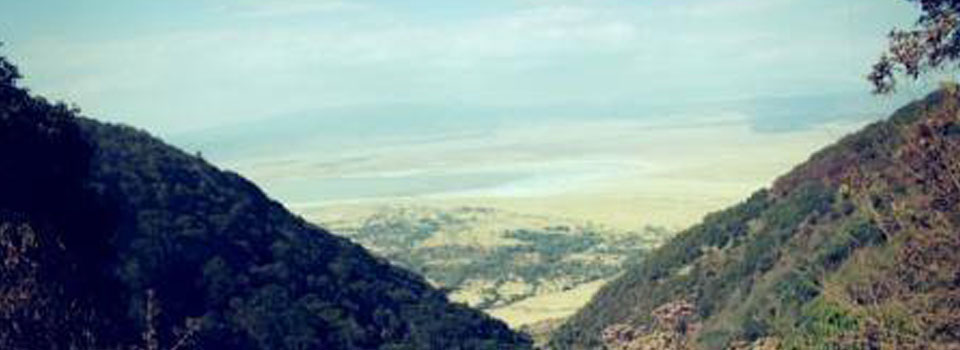
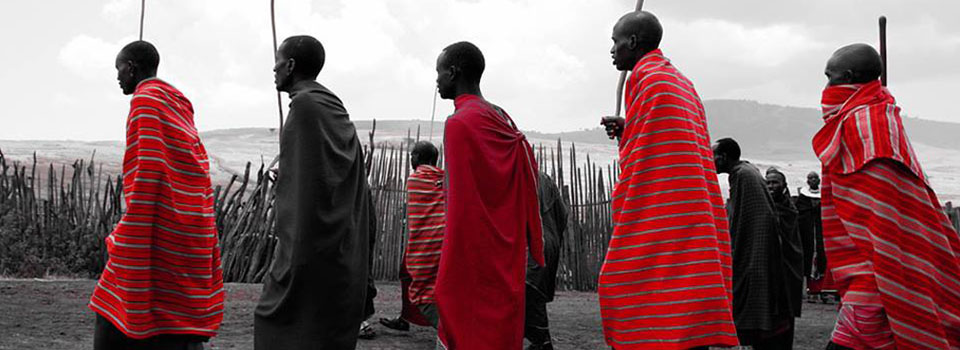
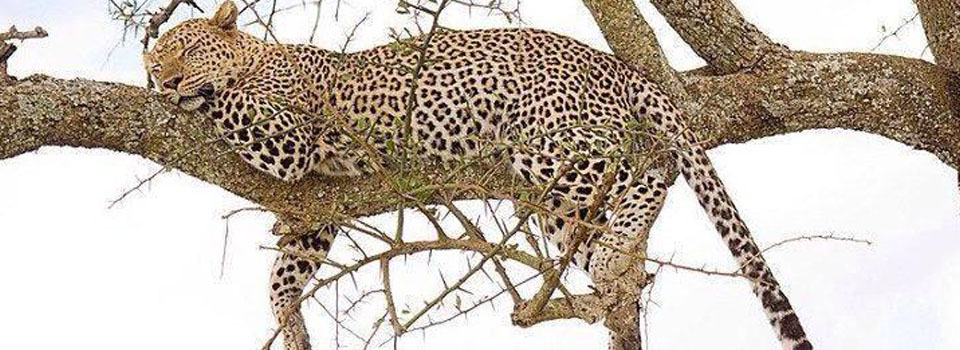
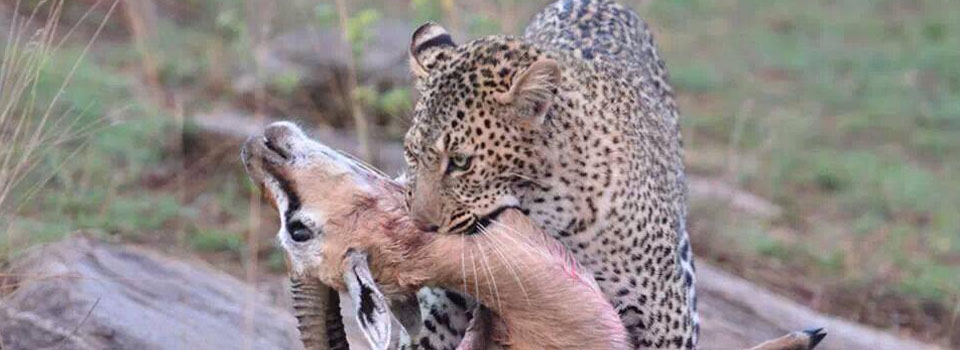

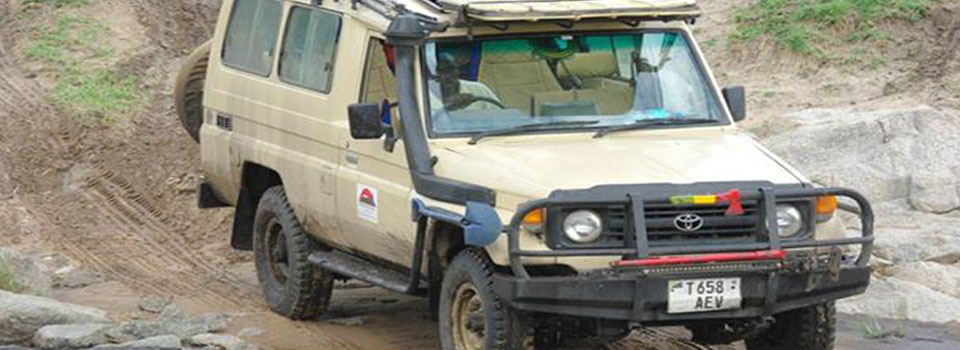
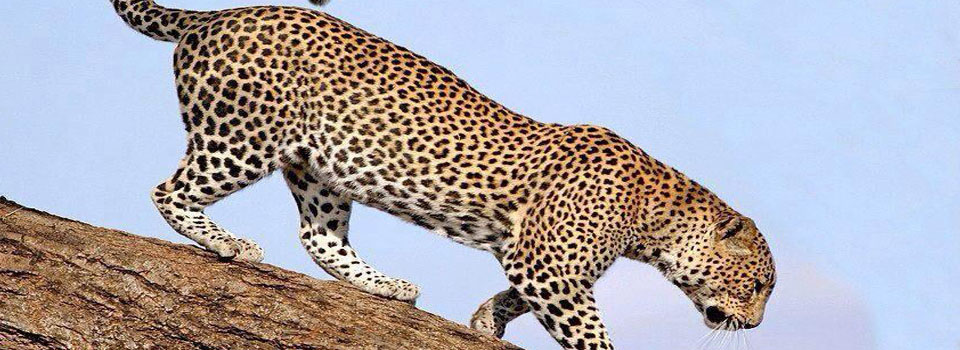
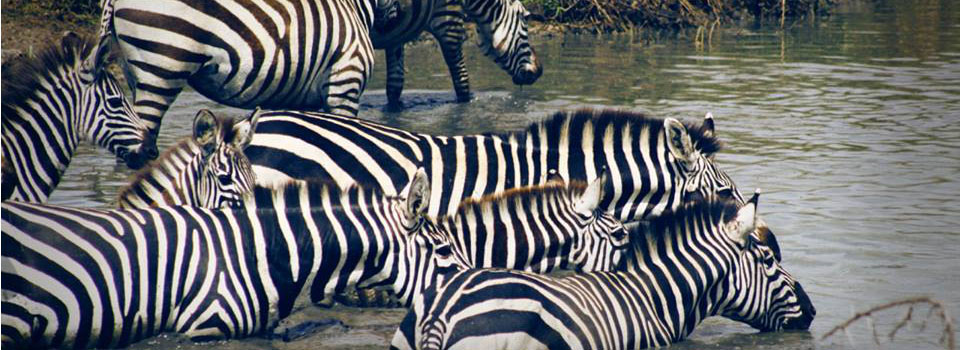
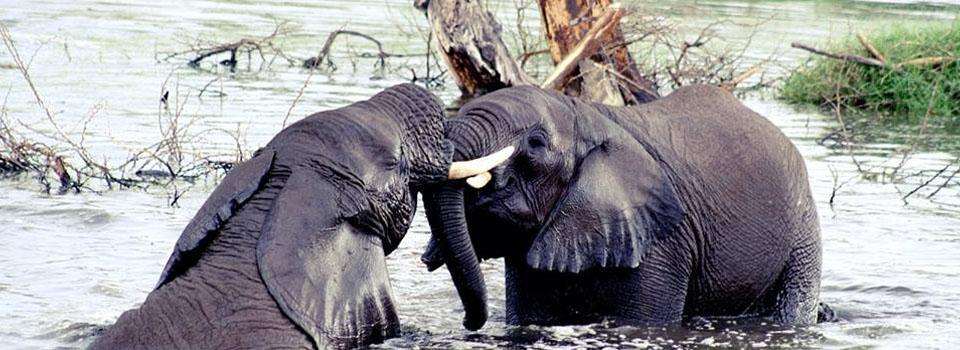
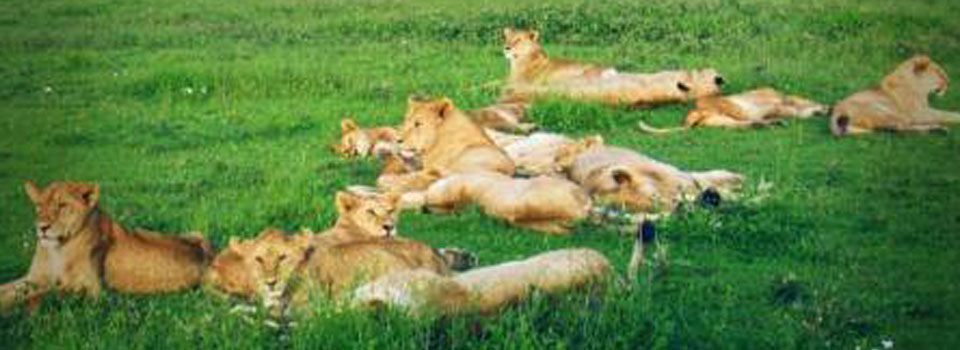
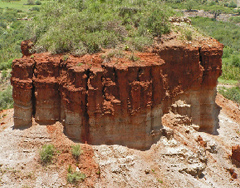
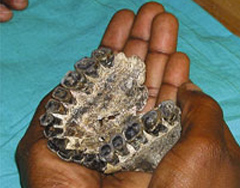




.png)